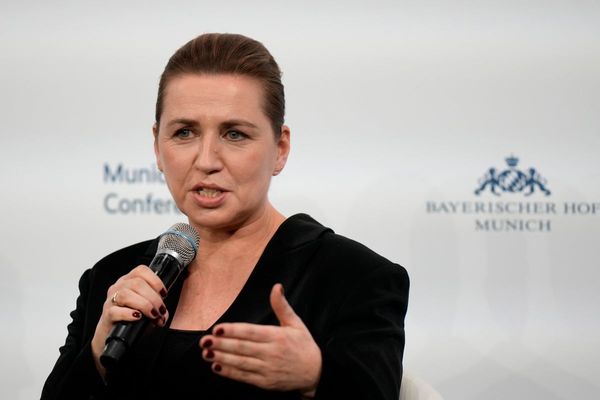Becoming home to Australia's largest prison might not be something every regional town would embrace, but the operator of the Clarence Valley Correctional Centre says a NSW North Coast community has played a large role in the rehabilitation of its inmates.
The $700 million jail complex is run under a public-private partnership between the NSW government and prison operator Serco, which was contracted to run the facility.
A year since its opening, the jail's general manager Glen Scholes said the support of the Clarence Valley had helped accelerate the rollout of its educational programs.
Since the first 90 prisoners arrived on July 1 last year, the prison's population has grown to more than 1,100 prisoners – a few hundred short of its maximum capacity of 1,700 inmates.
About 95 percent of the prison's workforce wre from the Coffs-Clarence region, Mr Schols said.
At its opening, Serco and the NSW Corrective Services Minister Anthony Roberts heralded Clarence Correctional Centre as bringing the state's prison system into the 21st century with education and rehabilitation at the core of its operations.
Clarence Correctional Centre offers 20 TAFE courses, and nearly 200 inmates are undertaking training to gain qualifications, which Mr Scholes said would be crucial when prisoners were released.
"Not only on the education front, post-release front, but also in terms of actual employment when inmates are released, has put us ahead of the game," he said.
But prisoner advocacy group Justice Action argued Serco had fallen short on its commitment to educating prisoners.
"We've been told of many people [who] have been transferred out of Clarence because they couldn't get access to programs … needed."
All prisoners also have been given mobile tablets to access education and rehabilitation programs, but Mr Collins said not all inmates could connect to the learning initiatives.
"We had expected that this would be in place by now, we were promised that it would be the case," he said.
Prisoners' creative flair
Beyond the online realm, the work of prisoners has been showcased within the Clarence Valley through art.
A prisoner from the centre recently took out the Clarence Valley Indigenous Art Award and inmates' works were exhibited at the Grafton Regional Gallery.
The gallery's director, Niomi Sands, said working with the new prison was "a return to what we have been doing in the past" with the old Grafton Jail, which shut mid last year.
She said the exhibition was the "beginning of a long-term journey" with the jail and supporting its prisoners through art.
Meantime, Mr Schols said the prison was "striving to be a very good citizen" as it continued to partner with the wider Clarence community.
"I'm very comfortable with where we are at and over the next 12 months [and education] will continue to be a key focus."
Serco is working with state government to reduce adult reoffending by 5 per cent by 2023.







